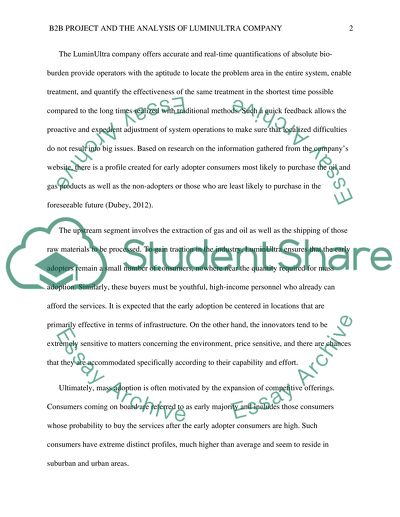Cite this document
(Business-to-business Project: The Analysis of LuminUltra Company Case Study, n.d.)
Business-to-business Project: The Analysis of LuminUltra Company Case Study. Retrieved from https://studentshare.org/marketing/1484651-questions-for-the-project
Business-to-business Project: The Analysis of LuminUltra Company Case Study. Retrieved from https://studentshare.org/marketing/1484651-questions-for-the-project
(Business-to-Business Project: The Analysis of LuminUltra Company Case Study)
Business-to-Business Project: The Analysis of LuminUltra Company Case Study. https://studentshare.org/marketing/1484651-questions-for-the-project.
Business-to-Business Project: The Analysis of LuminUltra Company Case Study. https://studentshare.org/marketing/1484651-questions-for-the-project.
“Business-to-Business Project: The Analysis of LuminUltra Company Case Study”, n.d. https://studentshare.org/marketing/1484651-questions-for-the-project.


